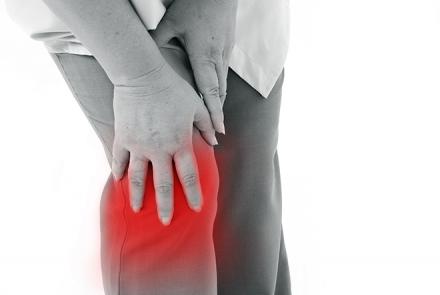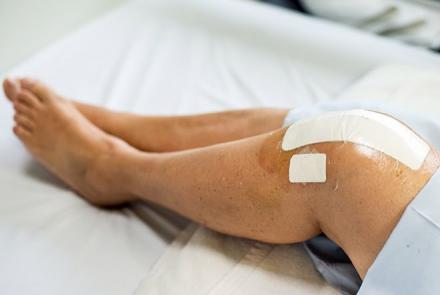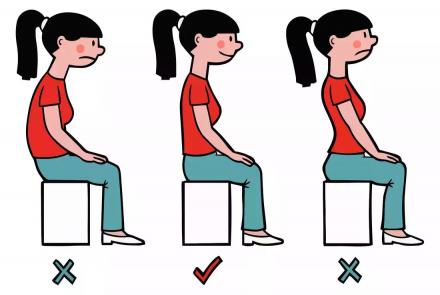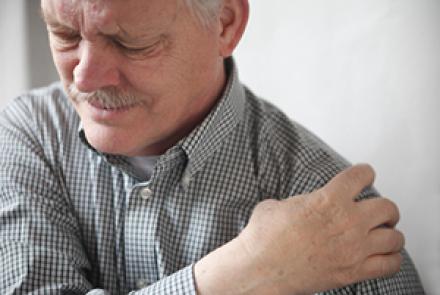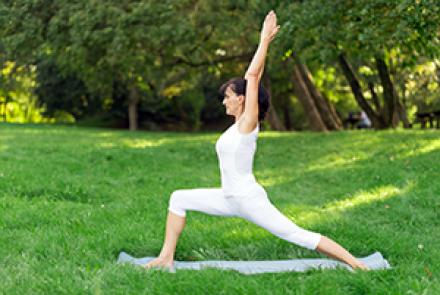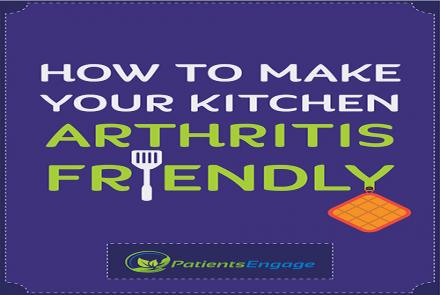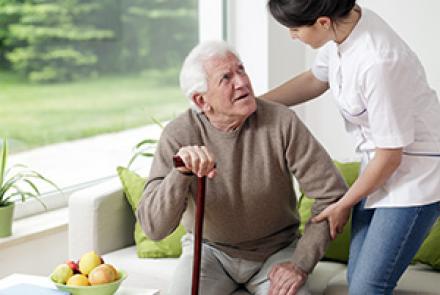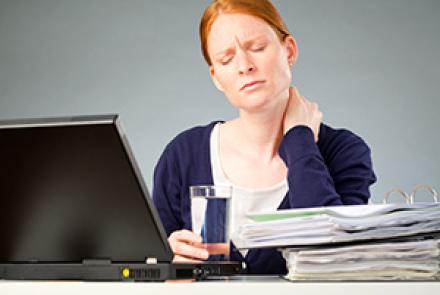
Medications may include:
• Adequate amounts of calcium (1500-1800 mg daily) and vitamin D (400-800 IU). Calcium can be increased through diet and/or calcium supplementation.
• Drug treatment can improve bone strength and reduce the incidence of fractures. Choices include:
1. For women, traditional estrogens may be an appropriate choice depending on a variety of individual factors.
2. For both women and men, calcitonin is a drug occasionally used in the treatment of osteoporosis and is available as a nasal spray or by injection.
3. Newer agents promise to increase bone mass to an even greater degree than those currently used and will be available soon. Speak to your doctor about the latest medications available.
Non-pharmacologic treatments
Exercise is one of the best methods to strengthen bones and muscles, so it is a good suggestion for people with osteoporosis. But before you start an exercise, consult your doctor, so that you choose simple exercises that are suitable for your condition.
For more lifestyle changes, read Management of Osteoporosis


